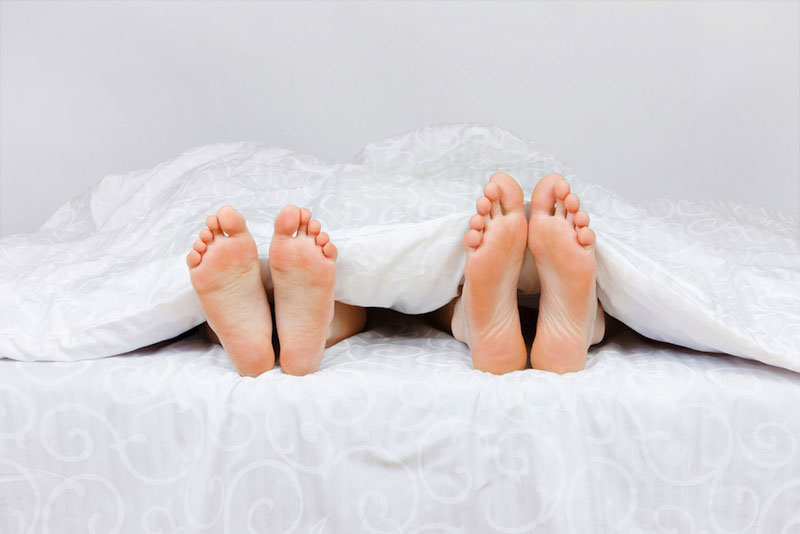Can You Give HPV to Yourself?

One potential risk factor for getting oral infections with the human papillomavirus (HPV) may have been overlooked by researchers: giving it to yourself.
In a new study, women who engaged in behaviors that could potentially transfer HPV from their genitals to their mouths were nearly four times more likely to have an oral HPV infection than those who did not engage in such behaviors. (Presumably, women would need to already have an HPV infection in their genitals for such a transfer to occur.)
The results held even after the researchers took into account other behaviors that could increase the women's risk of oral HPV infection, such as their number of oral sex partners.
However, it's too soon to say that this so-called "self-inoculation" is a true risk factor for oral HPV infections, said study researcher Natalie Kelso, a doctoral student at the University of Florida College of Public Health and Health Professions. The study involved young women at a single university, and the number of participants infected with oral HPV was quite low, so more studies are needed that look at the risk in a large, diverse group of women, Kelso said. [The Sex Quiz: Myths, Taboos and Bizarre Facts]
But the findings underscore the need for researchers to ask sensitive questions about people's sexual practices in order to better understand the types of behaviors that increase the risk getting of oral HPV, Kelso said.
The study was presented last week at the American Public Health Association meeting in Boston.
Oral HPV infections are linked with the development of some head and neck cancers. And previous studies have found that people who have a higher number of sex partners or oral sex partners have a higher risk of oral HPV.
Get the world’s most fascinating discoveries delivered straight to your inbox.
But it's not known whether certain oral sex behaviors are more risky than others.
In the new study, researchers tested more than 1,000 college women for oral HPV. The women also completed an online questionnaire about their sexual behaviors.
A few questions asked about self-inoculation: "Has a hand, yours or someone else's, ever touched your genitals, and then touched your mouth?" and "Have you ever put your mouth on a sex toy after it had touched your genitals?"
About 2 percent of participants had an oral HPV infection, and 16 percent had engaged in behaviors that could lead to self-inoculation.
Among the self-inoculation group, 6 percent had an oral HPV infection, compared with just 1.2 percent of those who had never engaged in behaviors that could lead to self-inoculation.
People with more past-year kissing partners, and more lifetime oral sex (oral-penile) partners also had a higher risk of oral HPV than those with fewer partners.
It's possible that some participants were infected with oral HPV, but the virus was dormant (not shedding), and so it was not detected in the test, Kelso noted.
The researchers would like to conduct future studies on men, since the rate of oral HPV infections is higher in men than women. A 2012 study found about 10 percent of men ages 14 to 69 have an oral HPV infection, compared with 3.6 percent of women.
Follow Rachael Rettner @RachaelRettner. Follow LiveScience @livescience, Facebook & Google+. Original article on LiveScience.

Rachael is a Live Science contributor, and was a former channel editor and senior writer for Live Science between 2010 and 2022. She has a master's degree in journalism from New York University's Science, Health and Environmental Reporting Program. She also holds a B.S. in molecular biology and an M.S. in biology from the University of California, San Diego. Her work has appeared in Scienceline, The Washington Post and Scientific American.


